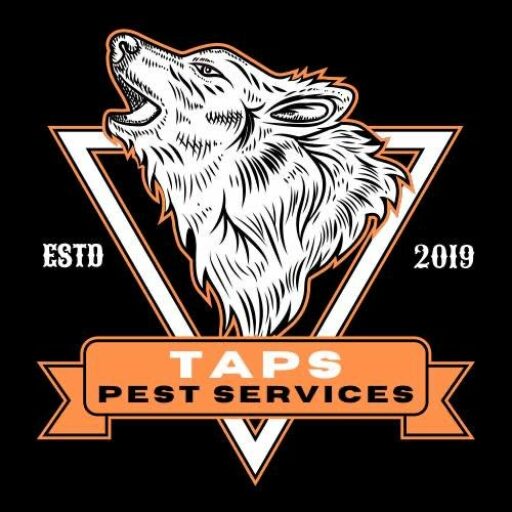Animal Control Services – Safe & Humane Wildlife Removal
Expert Animal Control Services for Homes & Businesses
At Taps Pest Control, we provide professional Animal Control Services to safely and humanely remove wildlife from residential and commercial properties. Unwanted animals can cause structural damage, spread disease, and pose safety risks. Our trained experts use effective, eco-friendly methods to remove animals and prevent them from returning.
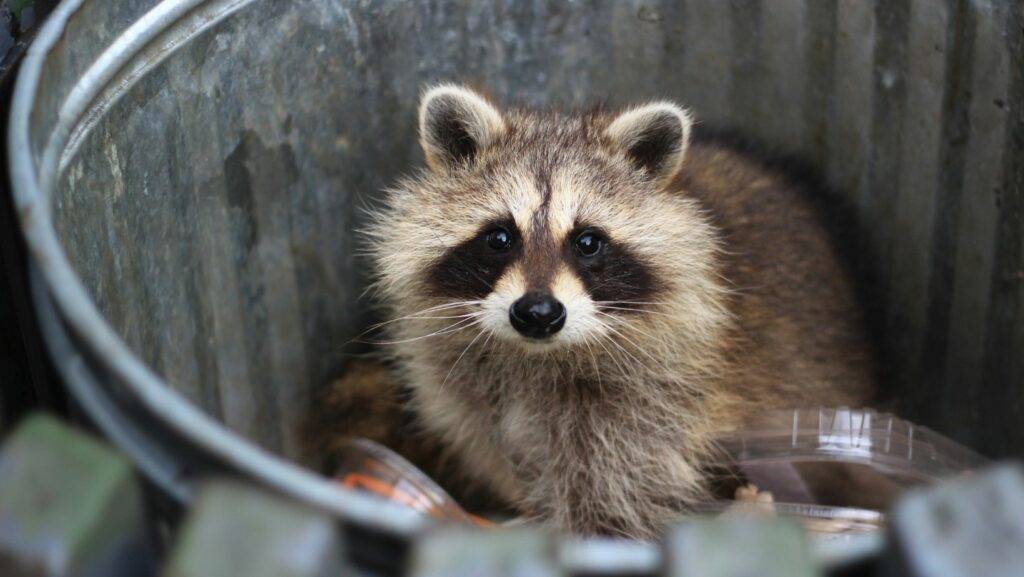
- Wildlife Removal
1.
Wildlife Trapping &
Removal
- Safe and humane trapping solutions for raccoons, squirrels, opossums, and other nuisance wildlife. Our team ensures animals are removed without harm and relocated to suitable habitats, reducing their chances of returning.
2.
Exclusion & Entry Point
Sealing
- Comprehensive inspections and repairs to prevent wildlife from re-entering your home or business. We thoroughly assess potential entry points, seal them with durable materials, and reinforce weak spots to prevent future access.
3.
Sanitation & Damage
Restoration
- Cleaning and repairing areas affected by wildlife to restore your property and prevent health risks. Our experts disinfect contaminated spaces, repair insulation damage, and eliminate any remaining traces of wildlife activity.
Expert Tips & Advice for Effective Animal Control Services
Why Choose Taps Pest Control for Animal Control Services?
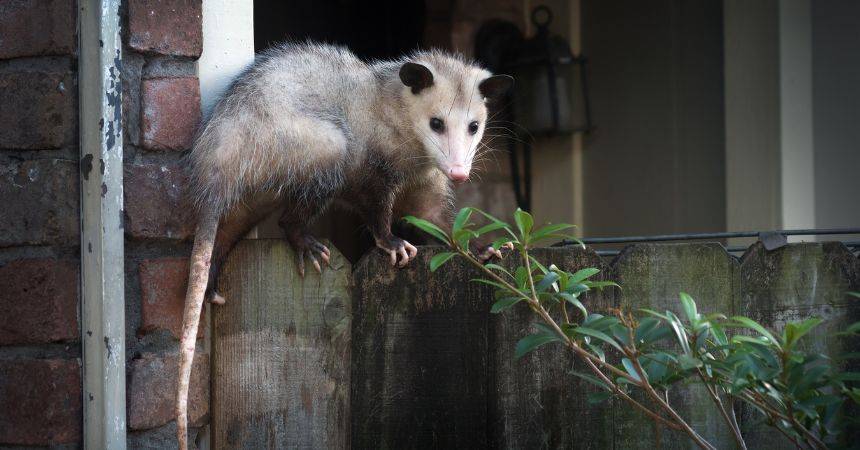
Wildlife intrusions can be disruptive and dangerous. At Taps Pest Control, we specialize in Animal Control Services, ensuring that animals are removed safely, legally, and humanely. Our trained professionals use advanced methods to relocate wildlife without harming them, protecting both your home and local ecosystems.
How to Prevent Wildlife Infestations
Preventing animal intrusions is key to maintaining a safe home. Here are some effective strategies:
- Seal Entry Points Thoroughly: Inspect your home for any small gaps, broken vents, or loose siding where animals might enter. Properly sealing these areas prevents access.
- Secure Garbage Bins Properly: Use heavy-duty trash cans with lockable lids to keep raccoons and rodents from scavenging for food.
- Trim Overhanging Branches & Foliage: Tree branches and overgrown shrubs close to your house provide easy access to attics and roofs for climbing animals like squirrels and raccoons.
- Remove Food Sources from the Yard: Ensure pet food, birdseed, or compost is not left outside overnight, as they attract wildlife looking for an easy meal.
- Schedule Regular Wildlife Inspections: Routine checks by professionals can detect and resolve wildlife activity before it becomes a major issue.
Common Wildlife We Remove & Their Risks
- Raccoons: Known for raiding trash bins and nesting in attics. They can cause damage by tearing insulation and spreading diseases like rabies.
- Squirrels: Often enter attics through small holes, chewing on electrical wires and causing potential fire hazards.
- Opossums: Frequently take shelter under decks and crawl spaces. Though they are non-aggressive, they can carry parasites and diseases.
- Bats: A health hazard due to their droppings, which can cause respiratory issues. They may also carry rabies.
- Birds: Nesting birds can clog vents, cause sanitation issues, and create fire hazards by building nests in electrical areas.
The Hidden Dangers of Ignoring a Wildlife Infestation
Failing to address a wildlife problem can have severe consequences. Here’s what could happen if wildlife infestations are left unchecked:
- Structural Damage: Animals like raccoons and rodents can destroy insulation, gnaw through wood, and create costly repair issues.
- Health Hazards: Wildlife droppings can harbor bacteria and parasites, increasing the risk of respiratory diseases and other health complications.
- Food & Water Contamination: Many animals seek out human food sources, contaminating kitchens, pantries, and storage areas.
- Fire Risks from Electrical Damage: Rodents frequently chew through electrical wiring, which can lead to shorts and increase the risk of a fire hazard.
- Increased Pest Infestation: When animals enter a home, they often bring fleas, mites, and other parasites that can spread throughout your property.
What to Do If You Suspect a Wildlife Problem
If you believe wildlife has invaded your home, take the following steps:
- Look for Signs of Wildlife Activity: Check for droppings, damaged vents, unusual odors, or scratching noises in the walls or attic.
- Do Not Approach the Animal: Many wildlife species become defensive if cornered and may carry diseases.
- Avoid Blocking Escape Routes: If an animal is inside, do not seal its exit route, as it may become trapped and cause more damage.
- Call a Professional Wildlife Removal Service: Contact Taps Pest Control for fast and effective Animal Control Services to safely remove wildlife from your property.
Long-Term Strategies for Wildlife Prevention
To ensure your home stays free of wildlife intrusions, consider these long-term strategies:
- Install Motion-Activated Lights & Sprinklers: These discourage nocturnal animals like raccoons and opossums from lingering around your home.
- Use Chimney Caps & Roof Vent Covers: These block off common entry points for birds, bats, and rodents.
- Keep Landscaping Well-Maintained: Trim bushes, mow the lawn, and remove debris piles that could provide hiding spots for wildlife.
- Store Firewood Away from the House: Firewood stacks near homes attract rodents and other pests looking for shelter.
- Monitor Pet Food & Bird Feeders: Avoid placing pet food outdoors and clean up excess birdseed that might attract wildlife.
Understanding Seasonal Wildlife Behavior
Wildlife activity varies depending on the season. Here’s what to expect throughout the year:
- Spring: Many animals give birth during this time, leading to an increase in nesting activity inside attics, sheds, and crawl spaces.
- Summer: With warm temperatures, animals venture out in search of food and water sources, often invading homes with easy access.
- Fall: As colder weather approaches, wildlife begins seeking warm shelters, making attics and basements prime targets.
- Winter: Rodents and raccoons look for heat sources indoors, making it essential to seal entry points before temperatures drop.
Protect Your Home with Taps Pest Control – Call Now!
Don’t let wildlife take over your home! Contact Taps Pest Control for expert Animal Control Services that safely remove and prevent wildlife infestations.
Additional Resources
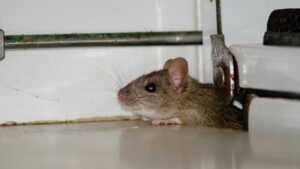
Effective Pest Control Tips From Taps Pest Control
Are you tired of dealing with unwelcome visitors like insects and rodents in your home? Pest infestations can quickly turn your space into a stressful environment, especially if they take over areas like the attic or kitchen. In this guide, we will share effective pest control tips to help you keep your kitchen free of pests, ensure bathroom sanitation, and prevent stagnant water accumulation. By following these tips, you can create a healthier and safer home while reducing the risk of future infestations from cockroaches and other pests.
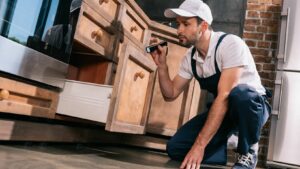
Ultimate Pest Control Tips for Florida Homeowners: How to Stop Infestations Before They Start
Tired of insects, rodents, and pests invading your Florida home? Discover expert pest control tips from Taps Pest Control to stop infestations before they start.
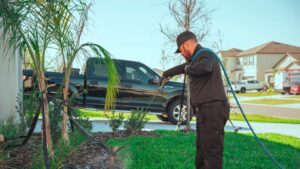
Spring Pest Control in Florida: Pest Prevention Tips
Get ahead of the season with expert spring pest control in Florida. As temperatures rise, so does pest activity—especially ants, termites, and mosquitoes. Learn how to protect your home with inspection tips, prevention checklists, and professional solutions from Taps Pest Services.
Frequently Asked Questions About Wildlife Removal
How do you remove wildlife safely?
We use humane traps and relocation methods to ensure wildlife is removed without harm, following all local wildlife protection laws.
Are your animal control methods humane?
Yes! We prioritize non-lethal, humane wildlife control techniques that focus on safe capture and relocation.
How can I prevent animals from coming back?
Properly sealing entry points, eliminating food sources, and maintaining regular inspections will help deter wildlife from returning.
Do you offer emergency animal removal services?
Yes! If you have a wildlife emergency, we offer prompt removal services to resolve urgent infestations.
How do I schedule an animal control service?
Call (813) 592-7643 today to schedule an Animal Control Services appointment with our experienced technicians.



